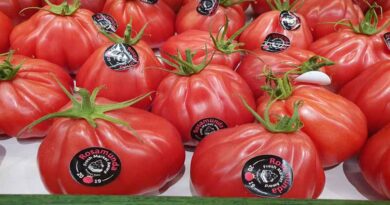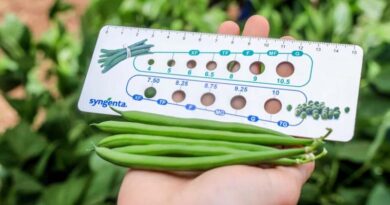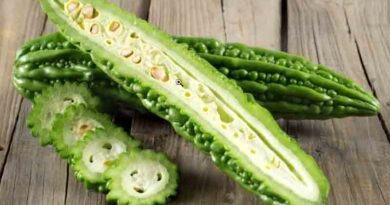What Breeders Look for in Fresh Market Versus Processing Sweet Corn Hybrids
03 June 2024, US: For those not involved in the food processing industry, there’s a lot of mystery surrounding what happens behind-the-scenes. What are the differences between crops produced for fresh consumption versus canned or frozen? Are there differences between fresh and processed vegetables when it comes to nutrition—if any?
When it comes to sweet corn, the differences between the end product – fresh or processed – can go unnoticed. The nutritional values are the same and the sweet taste of each kernel is expressed in both.
The difference between fresh market and processing all lies behind the scenes, where special care is taken to find genetics best suited to the corn’s end use. For example, the needs of a fresh ear of corn are different than those that will be processed through a freezing or canning facility.
Processing Sweet Corn
Any ear of sweet corn that moves into processing for canning or freezing has an important journey. Through automatic machines, the ears need to have husks removed, kernels detached and cleaned, and more depending on if it will be frozen or canned.
Throughout this process, the corn needs to maintain color, taste, and texture so consumers around the world are satisfied with the now shelf-stable or frozen product. The convenience of canned and frozen is clear, and Syngenta’s dedication to preserving the quality of the crop is unmatched.
“We’re the only company to invest in processing sweet corn to the level we have,” explained Glenn McKay, Syngenta Vegetable Seeds Product Specialist, U.S. Processor. “We created a miniature sweet corn processing facility that mimics what large processors around the world do. This means we understand the challenges they face and can use this information to select the best genetics for the processing market.”
Two of the biggest priorities for processors include yield and recovery. Yield is what’s collected from the field, while recovery is the weight maintained after the kernels are stripped from the ear. Maintaining at least 45% to 50% recovery is vitally important for processors.
“We process 1,200 and 1,300 plots every year looking at yield, recovery, and how the crop physically looks, feels, and tastes after it moves through our FDA-certified facility,” said Megan Cornell, Syngenta Vegetable Seeds Sweet Corn Operations Lead. “All of this information feeds into our breeding funnel to help us pick the best hybrids to share with growers each season.”
Fresh Market Sweet Corn
With the acquisition of the Roger’s brand, Syngenta has more than eight decades of experience in the sweet corn industry. Known for innovation in this sector, our breeders are looking for solutions that help growers produce better crops, and consumers continue to enjoy this golden treat.
For growers and consumers of fresh market (think corn-on-the-cob) sweetcorn, two major priorities arise: color and sugar content. Color doesn’t influence taste; the genetics control the eating experience. The color produced is influenced by the location of the grower and what consumers demand. Learn more about the different colors of sweetcorn here.
Taste, however, is greatly impacted by the sugar content of the sweetcorn, get to know the sugar (brix) content options:
- Sugary (su)
- Sugary Enhanced (se)
- SuperSweet sh2-Compared to ‘normal’ sugary sweet corn, SuperSweet contains four to 10 times more sugar. This high sugar lends itself to a sweeter taste and is available in all types of sweetcorn, including yellow, white and bicolor.
- TripleSweet-With the sweet taste consumers have learned to crave, and the traditional ‘sweet corn’ taste that is distinctive, TripleSweet varieties are perfect for home gardens, roadside stands, or producers growing sweet corn for fresh market consumption. With consistent brix, yield, and quality, it’s sure to please growers, retailers and consumers around the world.
- Exceptional tenderness
- Extra sweetness
- Extended shelf-life (1-2 days better than se)
- Extended field-holding ability (1-2 days)
- Same isolation as sugary (su) and se varieties
Syngenta sweetcorn, regardless of color, are available in various sugar content. This gives growers the ability to select the just-right amount of sweetness for their customers, friends, and families.
Also Read: Food Security of the World: Countries that Can Save the World from Starvation
(For Latest Agriculture News & Updates, follow Krishak Jagat on Google News)















